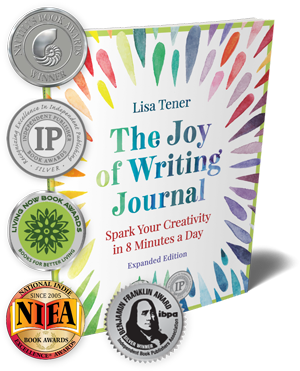
Knock, knock; it’s your inner critic paying you a visit…
Yesterday, I had two phone calls from writers a bit panicked about the quality of their writing.
Jo was relieved when I told her that I enjoyed reading her rough draft and that it pulled me in and I wanted more.
Apparently, the previous editor she showed it to had told her something a lot less helpful.
The thing is, a first draft is not a polished piece. It’s our job as editors and writers to see the potential in a piece of writing, to sense what’s not there and needs to come out.
It’s not our job to tear down the writing. It’s our job to bring the beauty out.
Why does it hurt so much when an editor critiques?
There’s an aspect of us, the inner critic, that believes our writing is lousy and will never amount to anything better.
The more we fight the critic, the more power we give it.

So, how do we overcome that inner critic? I had a bit of a brainstorm today and I have to admit, I fell in love with my own idea. I’m calling the exercise, “Light a Candle for Your Critic”
- Light a candle for your inner critic and a candle for your inspiration or inner muse.
- Your critic is there. Acknowledge it.
- Notice you have at least two voices you can listen to—the inspiration or the critic. You get to choose.
- Look at the candles and stare at the one that represents your muse. Draw inspiration from it.
It turned out she didn’t have two candles. “I’ll buy them today.”
“No, don’t put it off. Use two pencils, two anythings. You can do candles tomorrow. Just use two objects to represent inner critic and muse and then write.”
It isn’t about the candles. Any object will do. By just representing and acknowledging the two forces—movement forward and stuckness—you can create new movement.
Critic Kung Fu and Curiosity

I suggested she be ready for the inner critic. Let its voice wash over her, without responding.
Remain in ready position, as if in a martial art.
Like in a martial art, there’s not a right way and a wrong way to write her chapter.
In readiness position, she can move with the energy from an intuitive place. Rather than forcing a move, she can let it choose her.
“Just write with curiosity. Play with it. See what works. Try one way and see if you like it. If not, try something else.”
Here are 5 tips for writing from your heart.
Where are you in your book writing process? Have you found a way to be with your inner critic without having it blindside you? What works for you? How do you engage your writing muse? Share your insights or questions as a comment below.



Sounds familiar, ha!
Lisa: I am at the book proposal writing stage. My inner critic is telling me that I won’t have enough material for a book and that at best I have enough for some good blog posts or articles. How can I tell if this is the inner critic that I need to put aside or if there really is a dearth of subject matter for my non-fiction book? Thanks.